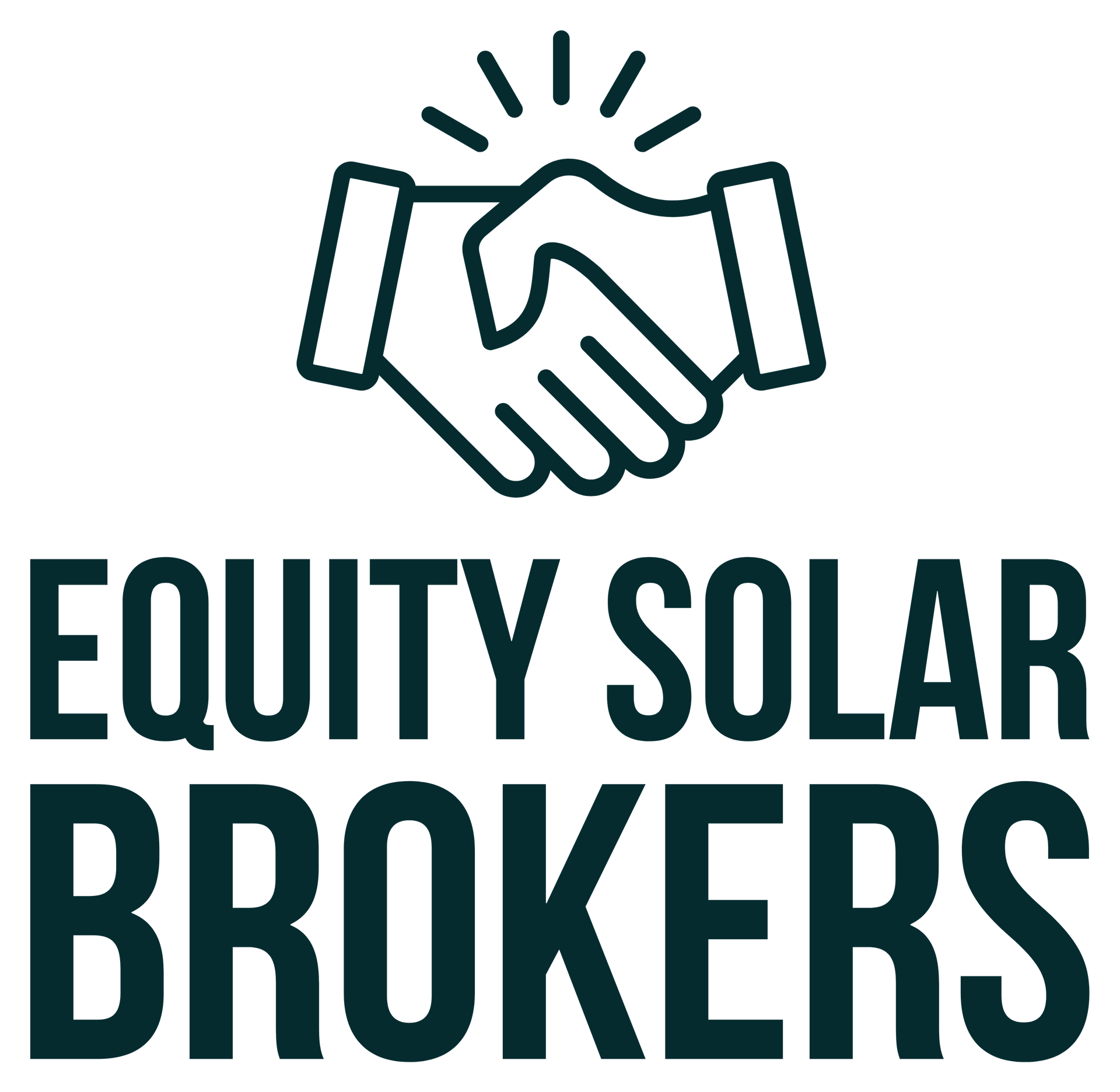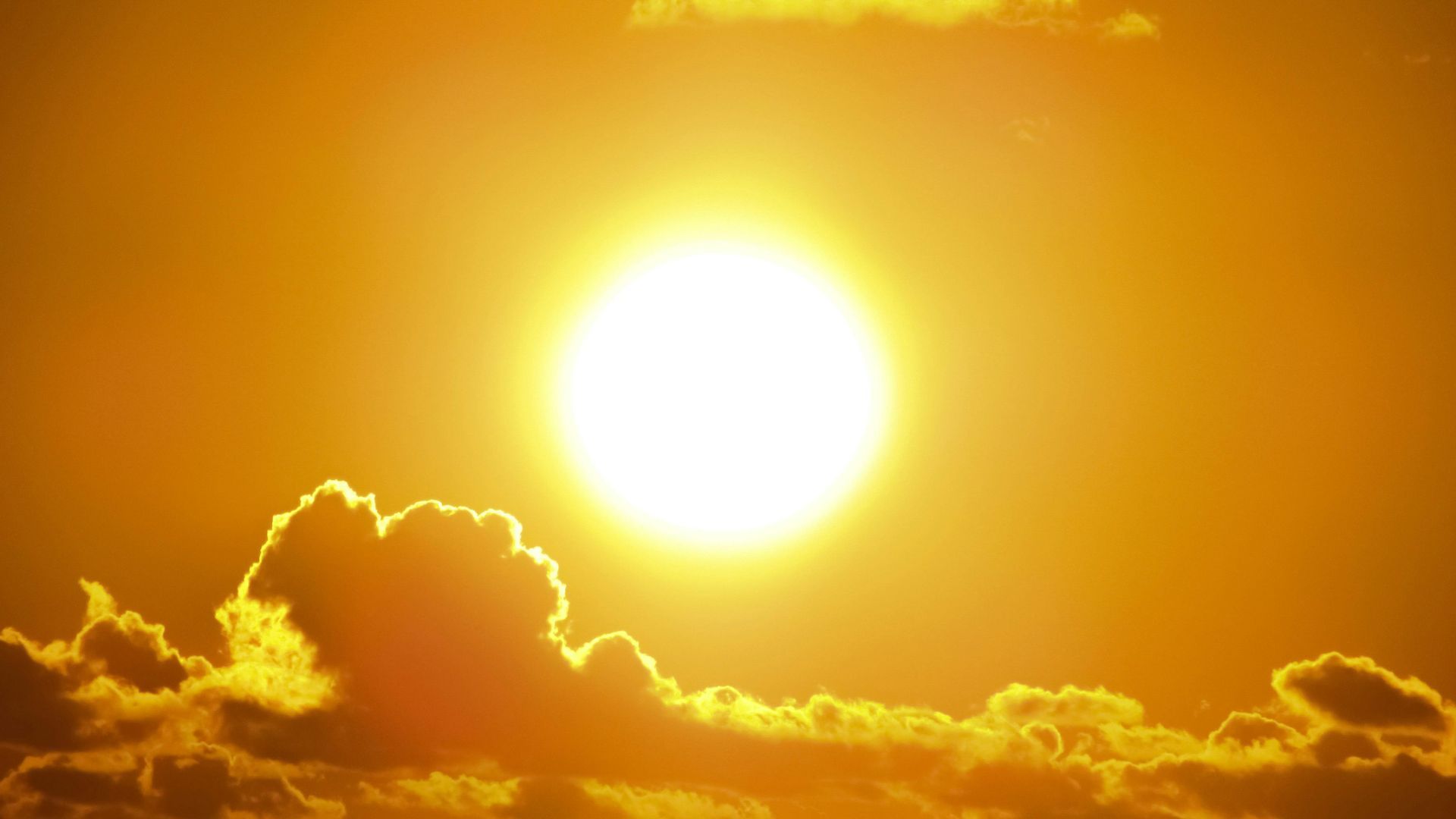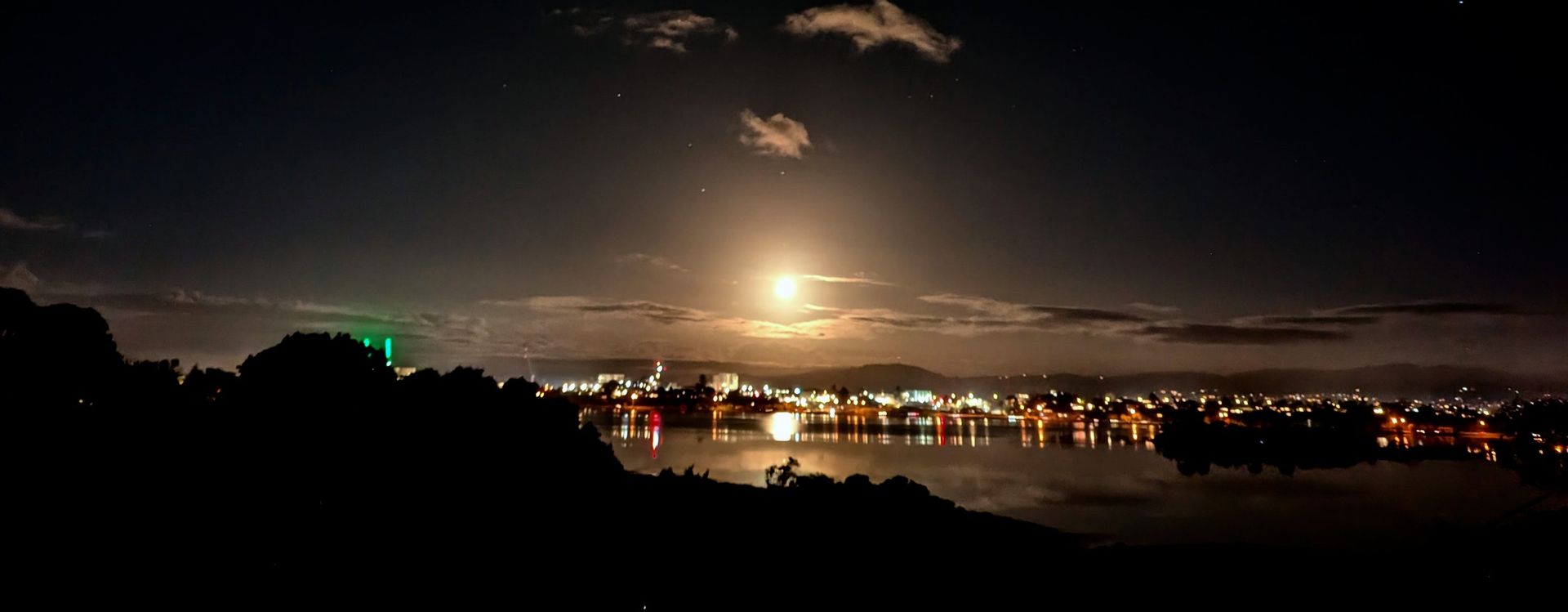So your home is three phase. Maybe you should get a three phase inverter. But maybe not!
Load balancing inverters, also known as 'asynchronous generation' are pretty sweet!
You’ve got a three-phase power setup, and you’re diving into solar? Nice one! But here’s the thing: three-phase homes have unique quirks that can leave you scratching your head when it comes to solar design. Sit with us as we do our best to explain the options.
What is load balancing? (Or Asynchronous generation)
Picture this: your home is running on three phases of power. Parts of the house sip energy from phase 1; and other parts sip energy from phase 2 or 3.
Your home has unbalanced loads. All 3 phase homes have unbalanced loads. Load balancing inverters, capable of 'asynchronous generation' enable the distribution of solar to the phase(s) that need it, in an 'unbalanced' measure.
Instead of pouring all your solar energy onto three phases equally, load balancing distributes the energy unequally, according to where your home is demanding energy.
Why might it matter for your three phase home?
- Efficiency on All Phases: Without load balancing, some of your solar energy might go to a phase that doesn't need it.
- Buying on one phase, selling on the other: Further to the point above, with a simple three phase inverter, not capable of 'load balancing'; you could be selling solar to the grid on one phase, while paying your energy retailer for power on another phase. In simpler terms, with a simpler & cheaper inverter, your solar gets wasted when you could be using it!
- Stay Grid-Friendly: New Zealand’s power grid has rules—loads of them. Load balancing makes sure your solar system plays nice with the grid. (More notes on this below)
- Maximise Self-Consumption: Solar is all about saving money, right? Load balancing helps you use more of the energy you generate instead of sending it back to the grid, with some caveats detailed below.
- Future-Proof Your System: Want to add a battery later or upgrade your setup? A solar system with load balancing already built in makes these add-ons seamless.
What size system makes sense?
For reasons detailed in depth below, we'd say three phase systems really come into their own with 9kW or more of panels, on a 10kW three-phase inverter.
If a system can have 12+ kW of panels on a 15kW inverter, three-phase load balancing really 'hums', as a 15kW inverter can do 5kW per phase of power delivery. (5kW per phase is a great amount. The 1st and 2nd model of the Tesla Powerwall offered 5kW continuous output, and their clients are really happy!)
Are their downsides to load-balancing inverters?
Sure are. Load balancing inverters can only output one third of the peak output on any singular phase. EG; a 10kW inverter cannot put more than 3.3kW on each phase, even when operating in load-balanced mode. This means that the spec sheets are very unclear on their peak power output limitations.
What's peak power output?
Some solar inverters, mostly the ones designed for single phase, can output more for a short time when in off-grid mode. EG; a single phase 8kW Sungrow Hybrid can deliver over 13kWh for 10 seconds, which is HUGE and helps the inverter cover the demanding start up current from the likes of water pumps and large ducted heat pumps.
How to get the most peak power output for a great grid-backup experience
Installing a single phase solar setup is they only sure-fire way to have a system that can power a ton of appliances in a grid outage, but with the immense downside of export limitations, 'single phasing' your home isn't always ideal. But for most homes, the single phase idea should at least be considered especially as most inverter manufacturers are now offering single phase inverters that can do 10kW continuous, and even more for short bursts!
Is it recommended to install a single phase solar system on a three phase home?
Sometimes. The simple answer is; if your solar system is less than 9kW, it might make sense to go single phase, but it all depends on the appliances in your home and your overall preference once you've got a grasp on the technicalities. Our job is to inform you of the options and the potential upside and downsides.
*Disclaimer! Sometimes the solar companies in our network prefer to quote what they're comfortable with, and that is absolutely OK. They'll often detail their thoughts in their quotes, which is great because it means we get honest feedback from the market while also retaining a mostly apples to apples quote comparison. By that, we mean, the number of panels and amount of batteries are almost the same across the quotes we anonymously procure on your behalf.
More on doing a single phase solar setup on a three phase home
The idea here is that your three phase home is most likely made up of single phase appliances, except for maybe a couple such as the induction hob, water pump, ducted aircon. If those appliances use more than one phase, a single phase inverter won't be able to keep them live in a grid outage, but 99% of the time when the powerlines are working, solar may provide the energy for half or 1/3 of their usage demand.
Ask yourself; "do I need the most power hungry appliances working in a grid outage?"
... If you were trying to heat the whole home with your large ducted heat pump, how quickly would you discharge your solar battery?
... Maybe in a power outage scenario, it would be better to wrap up in a blanket and enjoy Netflix with a hot cut of tea, in the hope that your solar battery could last until the morning?
If the most power hungry appliances aren't necessary when the grid is down, leave them out!
The best solar companies take immense care with their customers, and their switchboards! One aspect of this service includes creating a separate group of circuits that remain live when the grid goes down. These separate backup circuits should absolutely contain your fridge and freezer, the room with your wi-fi modem, the lights, and maybe a couple of other things you love such as the TV or the very efficient heat pump in the living room. With the right sized inverter, you should be able to keep the water pump connected!
To ensure your batteries don't discharge in just a couple of hours, leave power hungry appliances off the backup circuits.
These may include;
- Underfloor heating
- Your bedroom heat pumps
- The pool pump
- The Spa
Remember... The goal is making it through the night until the sun rises. Instead of a Spa, why not enjoy a cuppa with the family?
If you end up going single phase, here's some more insights into how it works
The solar company will have to move some of the appliances from the two phases that won't benefit from solar, to the phase that's getting solar installed.
- This can mean that your home pulls a lot less from those two non-solar phases, than it did in the past.
- As you're installing solar, the new phase that's loaded up with most of the home won't be using much power anyway!
- If you're getting a single phase-system larger than 8kW, we absolutely recommend you get a battery.
- To ensure the local lines company remains happy with your single phase system, some of your house will need to be excluded from solar and kept on the other two phases that don't have solar. Think about appliances that run at night, and also aren't crucial in a power outage.
A key consideration with single phase solar systems
Most regions in NZ only allow a 5kW solar-energy export per phase.
- This means that single phase solar systems start to run into limitations once they get over 7.5kW peak output (about 17 panels).
- On 6.5 - 8.5kW systems, those limitations typically only occur during the sunniest hours in the sunniest months.
- Larger single phase systems can be designed in such a way that these limitations have minimal impact on efficiency. Examples include
- Smart battery controls through the battery phone app
- Hot water timers at peak hours
- Purchasing solar batteries that are expandable (BYD, Sungrow, SolaX)
- Limiting charge speeds on your solar batteries so that in the same moment, some energy is exported and some is stored. - If you end up going single phase, serious thought needs to be applied to mitigating the solar export limitation. In any case, we wouldn't recommend anyone gets a single phase system larger than 12kW, because at that point, export curtailment is a continuous challenge.
A note on making the grid unstable - you pay line charges for a reason.
Some solar companies will tell you that installing a single phase system on a three phase home is poor practice, for reasons primarily around grid stability.
This point has tons of merit, and we wouldn't go so far as saying that they're incorrect.
Grid stability isn't your responsibility to maintain.
Our two cents; If the regulators believed single phase systems on three phase homes were soon to cause unmanageable instability to the grid, they would change change the reg's in a heartbeat. But 5kW exported from a solar system barely moves the needle, so there isn't any talk of changing regulation.
Maybe you can get a 2-phase solar system?
... Lets discuss that in a consult. Lots to unpack 😘
Why Trust Us?
We know solar can feel like a lot of jargon and numbers. But that’s where we come in. You don’t need to master all the technical details; as we do the heavy lifting for you by designing a solar system that ticks all the right boxes, including price.
Still deciding whether you need a three phase solar system? Leave us your details below so we can talk through the ideas that relate to your objectives.
Save time & Money; book a solar broker to
We will get back to you as soon as possible.
Please try again later.



